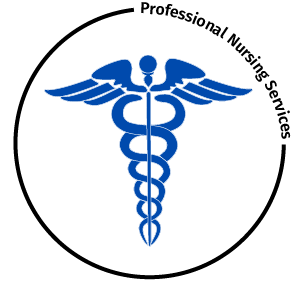What is Medicaid Fraud?
Medicaid providers include hospitals, nursing homes, ambulance companies, doctors, dentists, durable medical equipment suppliers, occupational and physical therapists, speech pathologist, orthotic appliance and prosthetic device suppliers, prescription drug dispensers, podiatry service, laboratory services, vision services, rural health clinics, non-emergency transportation broker / companies, HOME HEALTH CARE PROVIDERS, nurses and other suppliers of authorized specialty services.
Some examples of fraud include, but not limited to:
- Services not rendered / add on services
- Billing for unnecessary services
- Substitution of generic drugs
- Kickbacks
- Double billing
- Falsifying documentation
- Omitting information on nursing notes (i.e. doctor appointments)
It is considered FRAUD to omit or falsify documentation. This includes nursing note, timesheet, and MAR’S. Timeheets and nursing notes must reflect the actual hours worked. If you are 10 minutes late your nsg. note and timesheet must reflect the actual hours worked. Please be vigilant and accurate with all documentation!
KEY POINTS TO REMEMBER
NURSE:
- Always fill out the time sheets with the actual time you worked.
- Make sure your nursing notes / time sheet reflect the actual time you cared for your patient.
- If scheduling changes need to be made, please contact the office. Do not just discuss this with the parents; the office needs to be aware of your schedule.
- Always write your notes during your shift. Do not write your notes ahead of time.
- Never allow another person to write your nursing notes for you.
- Never falsify nursing notes/time sheets or omit information.
Please remember that Medicaid Fraud is a federal offense. If found guilty of fraud you could serve time in prison, pay restitution, pay a fine of $10,000 and lose your nursing license.
PARENTS:
- Always check the time sheet to make sure the nurses actually worked those hours.
- Do not sign a blank time sheet.
- Look at the nursing notes to make sure what is written has actually been done.
Please remember that Medicaid Fraud is a federal offense. If found guilty, you could serve time in prison, pay restitution, pay a fine of $10,000 and your child could lose their Medicaid eligibility.
IF YOU SUSPECT FRAUD OF ANY TYPE, WITH REGARDS TO PROFESSIONAL NURSING SERVICES’ NURSES OR FAMILIES, PLEASE CONTACT THE OFFICE IMMEDIATELY
